Beanpole - Shinsegae Gwangju Branch [Tax Refund Shop] (빈폴 신세계 광주점)
3.1Km 2024-06-27
932, Mujin-daero, Seo-gu, Gwangju
-
May 18th National Cemetery (5·18 기념공원)
3.1Km 2024-02-29
152 Naebang-ro, Seo-gu, Gwangju
+82-62-376-5197
May 18th National Cemetery is a park established to commemorate the democratization movement that took place in Gwangju in May 18th, 1980. The park features facilities such as the May 18th Memorial Culture Center, Daedong Plaza, Gwangju Student Movement Memorial Tower, memorial spaces, and the Oweol Pavilion. It serves as a meaningful space for reflecting on the history of Korean democracy and honoring the sacrificial spirit of the martyrs who lost their lives during the democratization movement.
Hotel Central (센트럴관광호텔)
3.2Km 2025-01-07
68, Sangmuyeonha-ro, Seo-gu, Gwangju
+82-62-383-7575
Hotel Central is an affordable tourist hotel located in the city center of Gwangju. The hotel aims to meet every need of today's modern travelers, from high-speed internet to safety and comfort.
Cheongchun Balsan Village (청춘발산마을)
3.3Km 2024-10-22
12-16 Cheonbyeonjwa-ro, Seo-gu, Gwangju
Balsan Village is a representative neighborhood of Gwangju and is a prime example of how something amazing can come out of something bad. First settled by Korean war refugees, the small houses jam-packed on a hillside attracted young people looking for work in the 1970s and '80s, mainly females working in the garment factories nearby. Recently, the addition of colorful murals and public spaces has given the village a breath of new life.
Art Polygon Horanggassinamu (호랑가시나무 아트폴리곤)
3.3Km 2025-02-04
22 Jejung-ro 47beon-gil, Nam-gu, Gwangju
Located in Yangnim-dong, Art Polygon Horanggasinamu is a multi-purpose cultural space that hosts various programs such as exhibitions, lectures, and performances. In 2021, it was used as one of the venues for the Gwangju Biennale. The space was created by preserving and expanding the original structure of a missionary's garage. Yangnim-dong is home to many modern historical cultural heritage sites and art galleries that connects the past and the present.
Missionary Wilson's House (우일선 선교사 사택)
3.3Km 2024-12-04
20 Jejung-ro 47beon-gil, Nam-gu, Gwangju
+82-62-607-2333
Missionary Wilson’s House is a two-story brick building that sits upon the eastern foothills of Yangnimsan Mountain. Known as the oldest surviving Western-style house in Gwangju, the house is an icon of modern culture and architecture in Korea. The house was built by an American missionary named Wilson in the 1920s (exact date unknown) and was the home of the Wilson family while they stayed in Korea. When the family completed their work in Korea, they sold the house for a very cheap price with the stipulation that the house continued to be used for missionary purposes. The house fell into the possession of the General Assembly of Chonnam Presbyterian Church of Korea in 1986 and now serves as the home office for the Presbyterian Church of Korea.
The square-shaped house consists of a living room, a family room, a kitchen, and a bathroom (1F), several bedrooms (2F), and storage areas and a boiler room (B1). The fact that the entrance of the house faces east is said to be a result of the prevailing architectural culture of Korea at that time. A Netherland-style house built with 55-milimeter thick, gray bricks, the first and second stories are delineated on the exterior with an eye-catching band of bricks.
◎ Travel information to meet Hallyu’s charm - TV series "Hymn of Death"
Here, Woo-jin (played by Lee Jong Suk), Sim-deok (played by Shin Hye-sun), and their troupe rehearsed for their play in "Hymn of Death." The Western-style building, framed by a lush forest backdrop, offers an exotic and picturesque setting.
Yangnim-dong Missionary Cemetery (양림동 선교사 묘지)
3.3Km 2021-05-28
77, Jejung-ro, Nam-gu, Gwangju
+82-62-607-2333
The Yangnim-dong Missionary Cemetery is the final resting place of 23 missionaries who brought Christianity to Gwangju and led the movement to free the nation from under Japanese colonial rule. Yangnim-dong in Gwangju Metropolitan City was the main area in which Priest Bae Yu-ji and Dr. Clement Owen carried out their work as the first missionaries to Jeollanam-do.
Located nearby is a monument dedicated to Priest Bae Yu-ji and the Owen Memorial Building, built in honor of Dr. Owen and his grandfather. Both memorials are cultural assets and particularly prized by locals of the Christian faith.
Gwangju Yangdong Market (광주 양동시장)
3.3Km 2022-04-06
238, Cheonbyeonjwa-ro, Seo-gu, Gwangju
+82-62-366-0884
Yangdong Market started in the 1910s as a traditional market held on dates ending in 2 and 7 of every month on the white sand beach under Gwangjugyo Bridge. The market has a long history and local citizens have many sayings referring to the multitude of items available here. During the May 18th Democratic Uprising, both Yangdong and Daein Markets were a grand venue where the citizens of Gwangju gathered together to rally for democratization of the nation. Merchants of the markets provided food, beverages, and medicine to the protestors and participated in the movement alongside their fellow citizens.
Yangdong Market is an outstanding traditional market among all markets throughout the nation. The market has upgraded with the times to include modern conveniences, including a consolidated market logo, online shopping mall, and merchant education classes.
Gwangjuhyanggyo Confucian School (광주향교)
3.4Km 2025-02-04
5 Jungang-ro 107beon-gil, Nam-gu, Gwangju-si
Hyanggyo was a national educational institution during the Joseon dynasty, where the tablets of distinguished Confucian scholars were enshrined, and rituals were held in their honor. In spring and fall, it hosts Seokjeon, a ritual honoring Confucius, along with Seodang (traditional Confucian school) experiences and traditional weddings, offering opportunities to immerse in Confucian culture. In summer, crape myrtle flowers bloom, and in fall, the old ginkgo tree turns golden yellow, beautifully contrasting with the traditional Joseon-style hanok architecture.
World Human Rights Cities Forum (세계인권도시포럼)
3.4Km 2022-10-14
30, Sangmunuri-ro, Seo-gu, Gwangju
• 1330 Travel Hotline: +82-2-1330 (Korean, English, Japanese, Chinese) • For more info: +82-62-226-2734
The World Human Rights Cities Forum (WHRCF) is held as an annual event in Gwangju, Republic of Korea, to realize the vision of becoming a human rights city since 2011. The Forum has become a gathering place to share the spirit of justice and community, the same values under which the citizens of Gwangju resisted the ruthless oppression of the then-military regime in May 1980. Within the WHRCF participants exchange experiences on challenges and achieved success in human rights especially at the local level while expanding their own scope of understanding. Now, the Forum has become a major human rights event and distinctive platform for sharing and networking amongst human rights cities, human rights organizations, activists, and miscellaneous stakeholders in the area of human rights. (Source: World Human Rights Cities Forum website)
![Beanpole - Shinsegae Gwangju Branch [Tax Refund Shop] (빈폴 신세계 광주점)](http://tong.visitkorea.or.kr/cms/resource/38/3313838_image2_1.jpg)
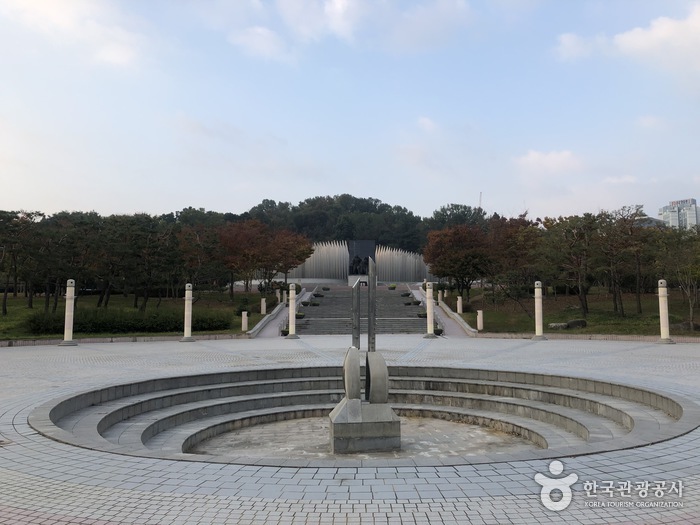
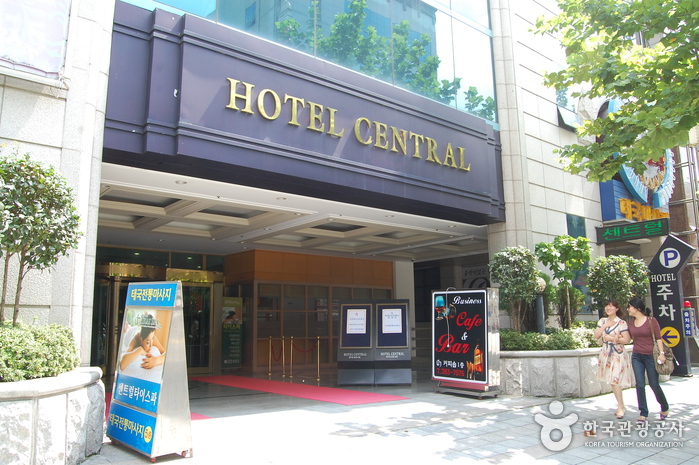
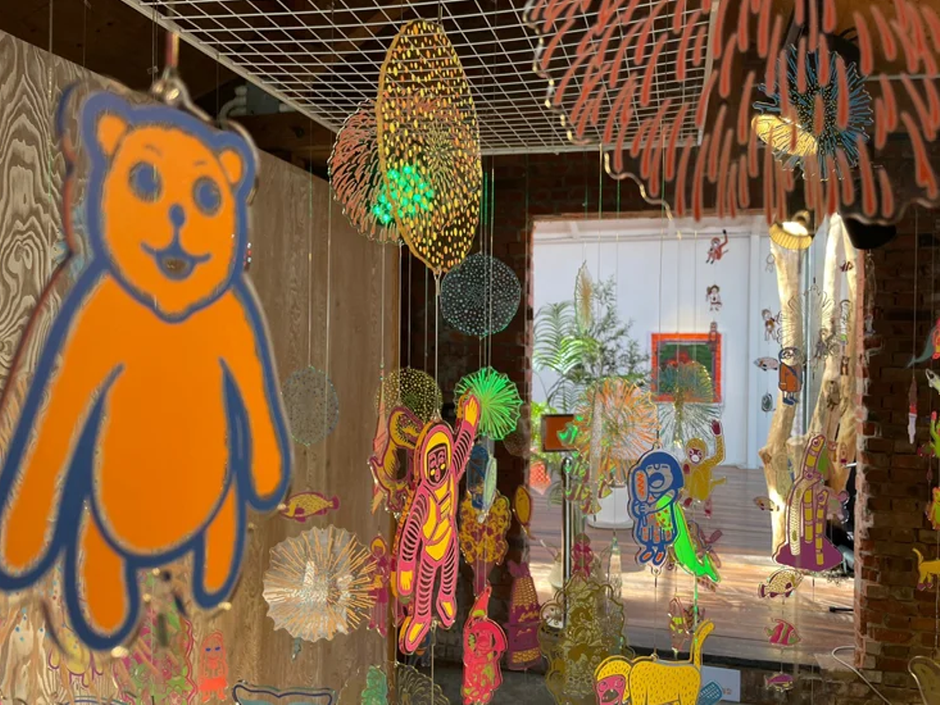
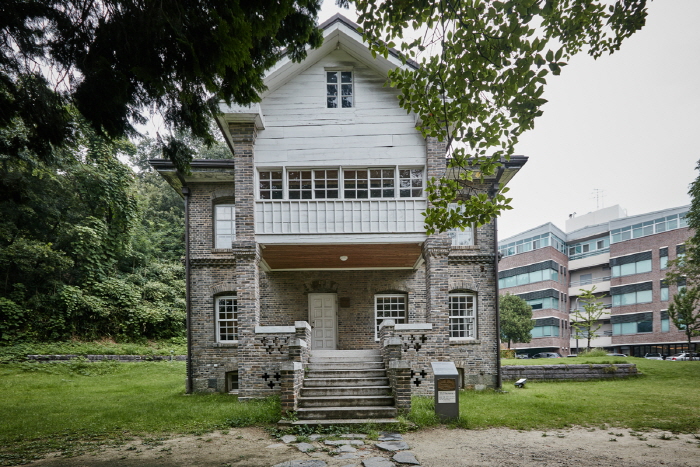
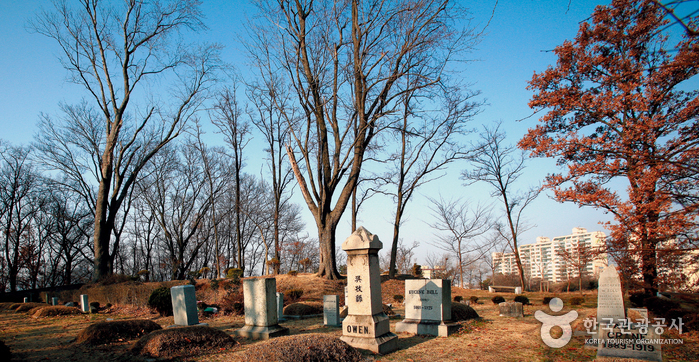
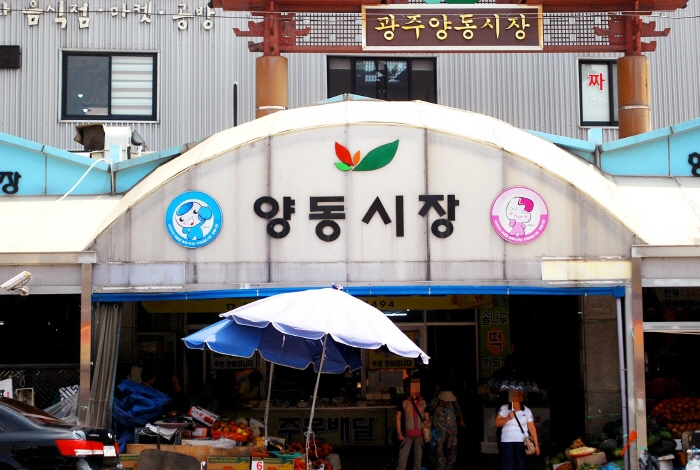

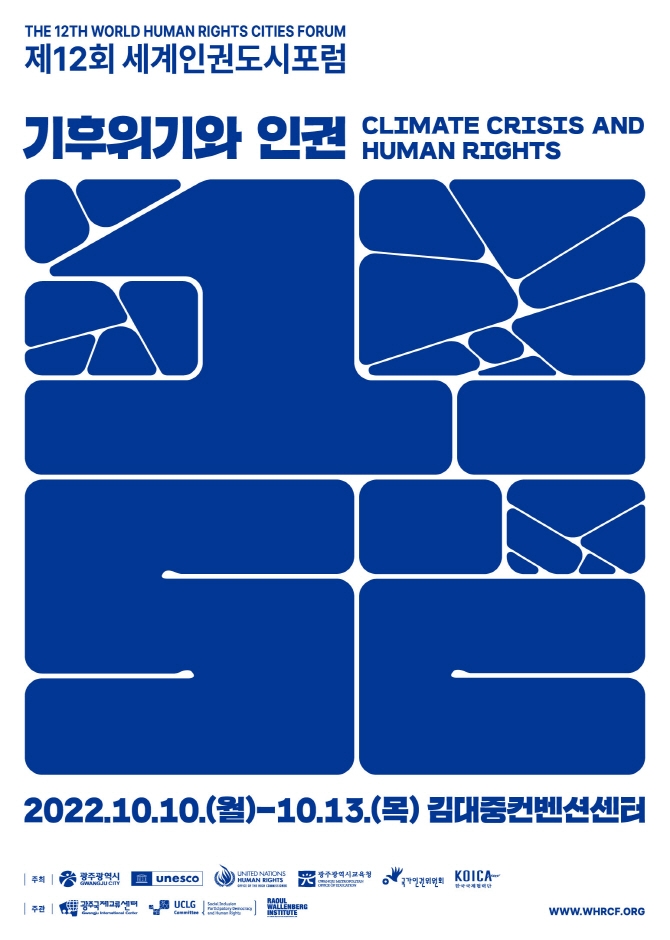
 English
English
 한국어
한국어 日本語
日本語 中文(简体)
中文(简体) Deutsch
Deutsch Français
Français Español
Español Русский
Русский